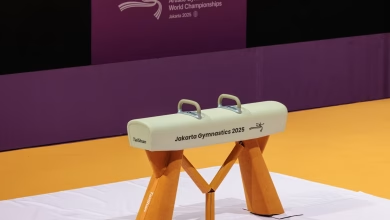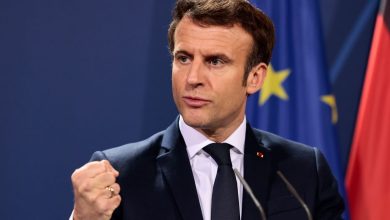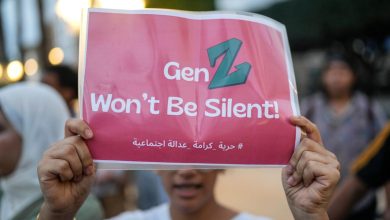
The Russia-Ukraine war has dragged on for a third year, with momentum shifting between both sides and no apparent end in sight.
Throughout 2024, Europe’s largest conflict since WWII has seen major events on the battlefield. Ukraine has made an incursion into a Russian border territory, while Russia deployed a new weapon. Meanwhile, the outgoing US President, Joe Biden, has made a critical decision that could lead to a major escalation in the war.
Here are the key developments in the Russia-Ukraine conflict in 2024:
Kharkiv Front
In May 2024, Russian forces launched an offensive on Kharkiv Province, in northeastern Ukraine, seizing several villages in one of its biggest territorial gains in 18 months. The assault opened a new front in the war and further stretched Ukraine’s front-line defenses.
Kharkiv has a strategic significance for Moscow due its proximity to Russia. In March 2024, Russian President, Vladimir Putin, called for establishing a buffer zone inside Ukrainian territory to protect Russia from shelling and border incursion. This has raised concerns over Russia’s intentions in the Kharkiv region.
In response, Ukraine sent reinforcements to the region and managed to hold firm in the face of Russia’s glide bombs’ shelling after the US Congress approved the stalled $61bn aid package that supplied missiles, artillery and air-defense systems to Ukraine’s military.
Kursk Offensive
In August 2024, Ukraine launched a surprise offensive into Russia’s Kursk Region, aiming to pull Russian forces away from eastern Ukraine and relieve pressure on Ukrainian defenses there.
At the start of the incursion, Russia said that 1,000 Ukrainian troops, alongside tanks and armored vehicles, crossed the border. Russia declared a state of emergency in Kursk and Belgorod regions.
After two weeks, Ukraine claimed it had gained control of over 1,200 square kilometers of Russian territory and 93 villages. In September, Russia staged a major counter-offensive against Ukrainian troops in Kursk and managed to regain a number of villages. However, Ukraine still has troops there.
Reports of North Korean Involvement
After Ukraine’s assault on Kursk, US, Ukrainian and South Korean reports noted in October that North Korea has sent more than 10,000 troops to Russia, as well as weapon shipments. In November, Ukraine said that its troops engaged with North Korean soldiers in the Kursk region.
Both Russia and North Korea have denied weapon shipments and haven’t confirmed troops’ involvement. However, Putin and North Korea’s Kim Jong Un signed a pact in June 2024 requiring both countries to provide immediate military assistance in the event of war.
Russia in the Crosshairs of US ATACMs
As the war in Ukraine marked its 1,000 days in mid-November, the US President, Joe Biden, authorized the Ukrainian military to use US-supplied longer-range missile systems, known as ATACMs, to hit targets deep inside Russia. The new decision gives Ukraine the potential to hit targets about 300 kilometers deep inside Russia.
The decision came after reports of North Korean troops’ deployment along Ukraine’s northern border and the victory of Donald Trump in the US presidential election. Trump had vowed to bring the war to an end, raising concerns over a potential cutoff of military aid to force Ukraine to agree to a deal that favors Russia.
Further Escalation
In response to the US decision, Putin lowered the threshold for Russia’s use of its nuclear weapons, allowing for a nuclear response by Moscow to a conventional attack by any nation supported by a nuclear power.
However, Ukraine fired several US-supplied longer-range missiles into Russia, including ATACMs and HIMARS, in addition to British Storm Shadow missiles, in a worrying escalation of the conflict.
New Hypersonic Missile
Responding to ATACMs attacks on its territory, Russia fired a new hypersonic intermediate-range ballistic missile, known as Oreshnik, at a Ukrainian military facility in Dnipro.
A week later, the Russian President threatened to use Oreshnik missiles “against the military, military-industrial or decision-making centers, including in Kyiv.” Putin also said that firing several of these weapons at once would have the equivalent force of a nuclear strike, or a “meteorite” hit.





